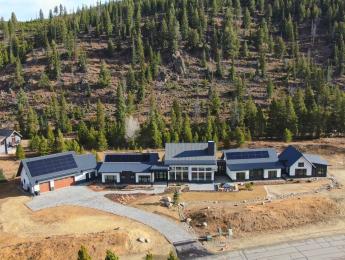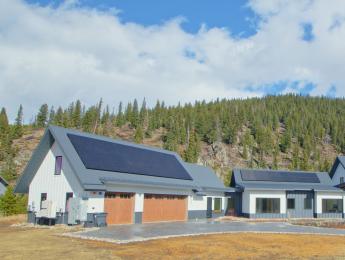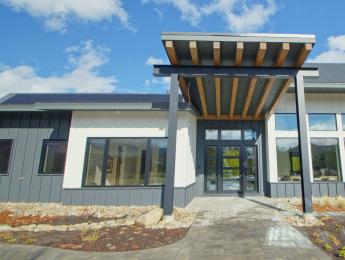Time- and Energy-Efficient Construction in a “Very-Cold” Zone

Few locations in the continental United States rate the Climate 7 distinction as defined by the U.S. Department of Energy (DOE) Building America program, yet the Panorama Idea Home in the high country of Breckenridge, Colo., is right at home in that “very cold” zone.
Winter comes early at 9,600 feet above sea level, so Panorama is a two-fold challenge for Thrive Home Builders as a shorter building season causes a compressed building schedule coupled with the need to deliver long-term durability and comfort for the home’s eventual occupants.
“We had to find a way to speed up this project to protect the workers on the site, because building in those conditions is brutal,” said Gene Myers, founder and Chief Sustainability Officer at Thrive.
A more time-efficient schedule relied on both proficiency and experience with a few well-planned shortcuts that did not sacrifice building quality.
The first time-saver was the home’s highly insulated crawlspace foundation. Thrive commissioned pre-cut wall panels to significantly reduce the time normally required for concrete forming, reinforcing, pouring, curing and stripping. The panels have an inherent R-23 insulation. Typical batt insulation was added to the interior of the panels, resulting in a composite R-40 for the crawlspace walls. The interior subgrade of the crawlspace was further insulated with 2-inch-thick rigid foam, creating an encapsulated and conditioned crawlspace for the duct work.
While more robust than usual, the additional insulation level was necessary. “We realized that when you have a Delta-T [the difference in temperature] of 85 degrees F. between the crawl space and the outdoor temperatures, an R-40 foundation is critical,” Myers says. “Fortunately, the assembly enabled us to build it quickly.”
In addition, Thrive specified panelized wall and roof systems to also achieve the dual objectives of time and energy savings. Pre-built, double-wall framing using 2x6s as the outer studs to manage snow load shaved an estimated 8 months off the schedule compared to traditional on-site stick-framing. The assembly also enabled a greater amount of insulation in the wall cavities, further boosting their thermal performance to R-40, as well.
Other long-term durability attributes of the Panorama Idea Home include a metal wainscot around the exterior to add additional protection from drifting snow, vented attics to reduce ice dams, and triple-pane windows to lessen thermal transfer and heat loss.
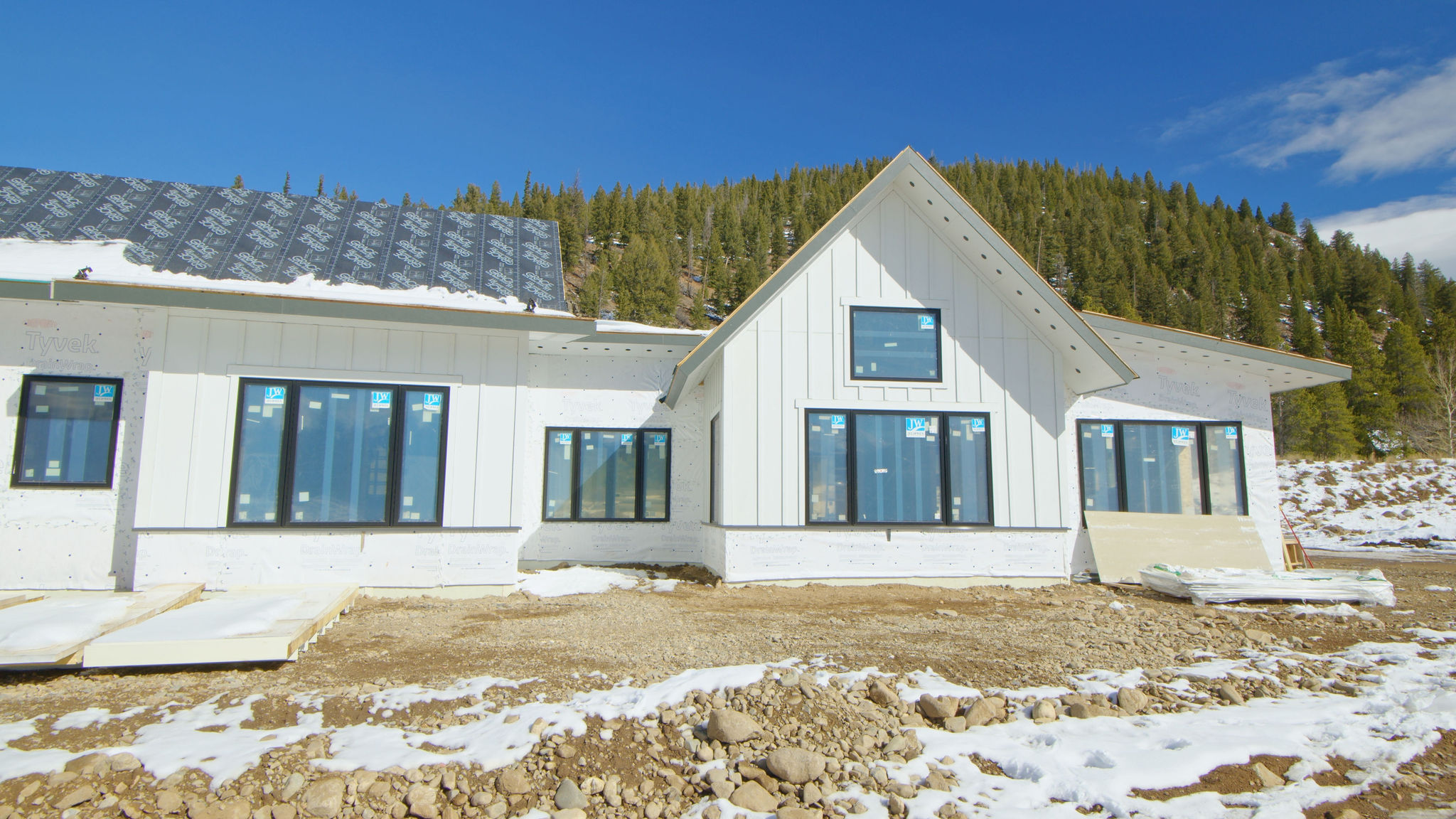
Besides getting the home “dried in” before winter, Thrive also focused on how the structure would perform year-round and in the long term to ensure comfort, safety, and resiliency regardless of the outdoor conditions.
“One of the first things we had to consider was the risk of a power outage in the middle of winter,” Myers says. So, the all-electric home is fitted with 41 rooftop solar panels that provide 14 kW of electricity to supplement the grid, along with a back-up battery storage unit from Savant.
“When we looked at the design of the home’s wiring, we had to identify which circuits we wanted the battery back-up to power,” says Myers. One of the first priorities was ensuring reliable power to a leak detector for the home’s plumbing system.
And while it is typically too much to ask of backup batteries to power a home’s heating and cooling functions, the Panorama house is different. Breaking from convention, Thrive installed an all-electric variable speed heat pump from Mitsubishi and designed a wiring diagram that could enable the heat pump to operate at minimal speed from the batteries, if necessary.
“The main strategy is ‘don’t let this house freeze,’ and that’s what we’ve been able to accomplish,” Myers says, adding that the heat pump can keep indoor temperatures around 50 degrees when running off the battery to protect the plumbing system from freezing.
However, even during power outages, indoor temperatures aren’t likely to dip below a reasonable comfort level. “The thermal enclosure of the home can retain heat for hours, maybe even days,” he says. “So even during longer outages, all the additional improvements to the building envelope will help maintain the indoor temperature.”
Although first met with skepticism at the non-conventional choice of an air-to-air heat pump system without a natural gas back-up, Myers has confidence in the decision. “They tested the heat pump at a ski area when it was minus-36 degrees outside, and it worked,” he says. “So, we feel comfortable installing it in Panorama.”
Thanks to Thrive’s experience, creativity, and thoughtful planning, Panorama will achieve the Net Zero Energy House and carbon neutrality goals of the project.
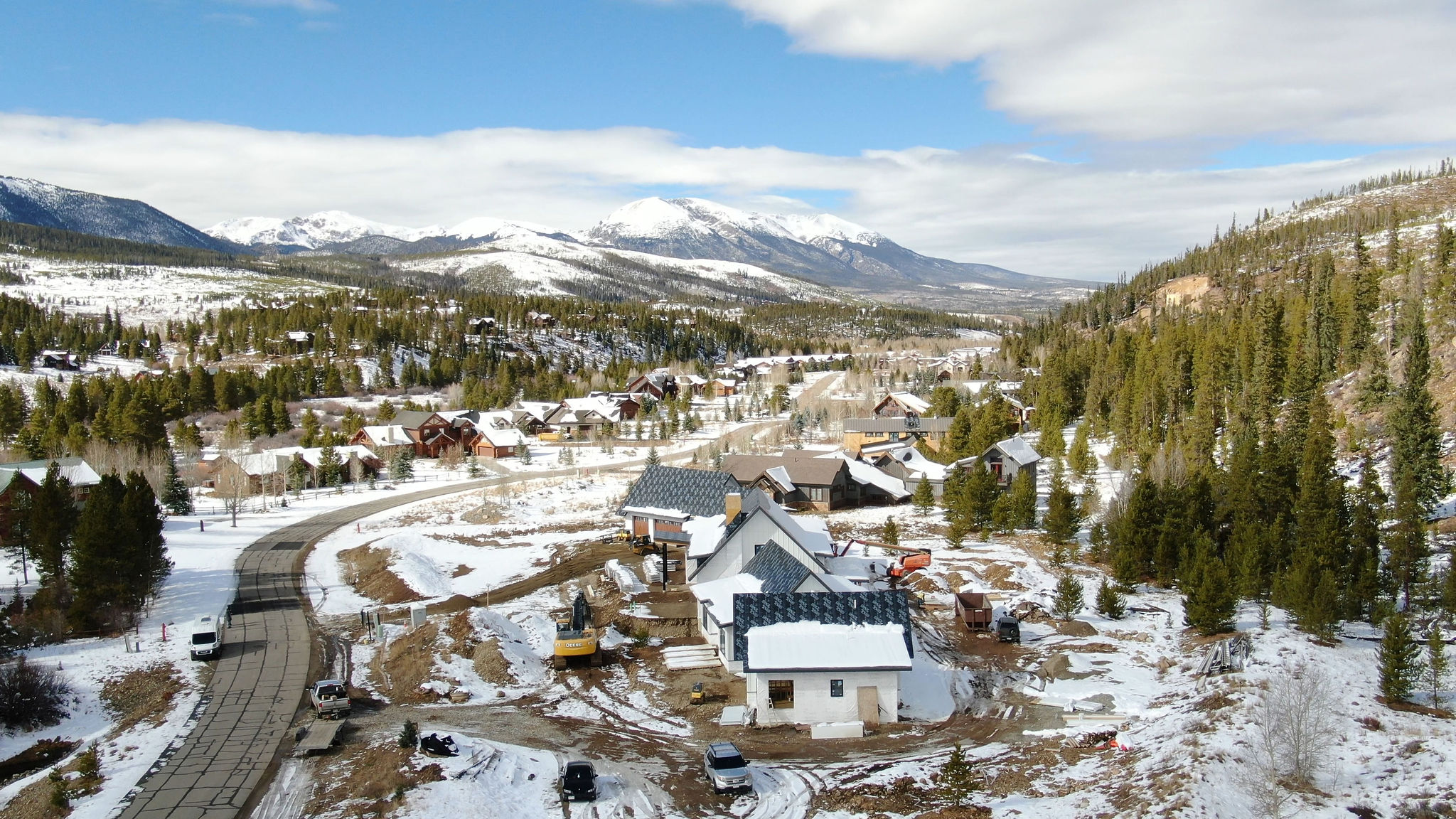
Resources and links:
https://basc.pnnl.gov/images/building-america-climate-zone-map
U.S. Department of Energy (DOE) Building America Program: https://www.energy.gov/eere/buildings/building-america
The Energy Star program https://www.energystar.gov/
